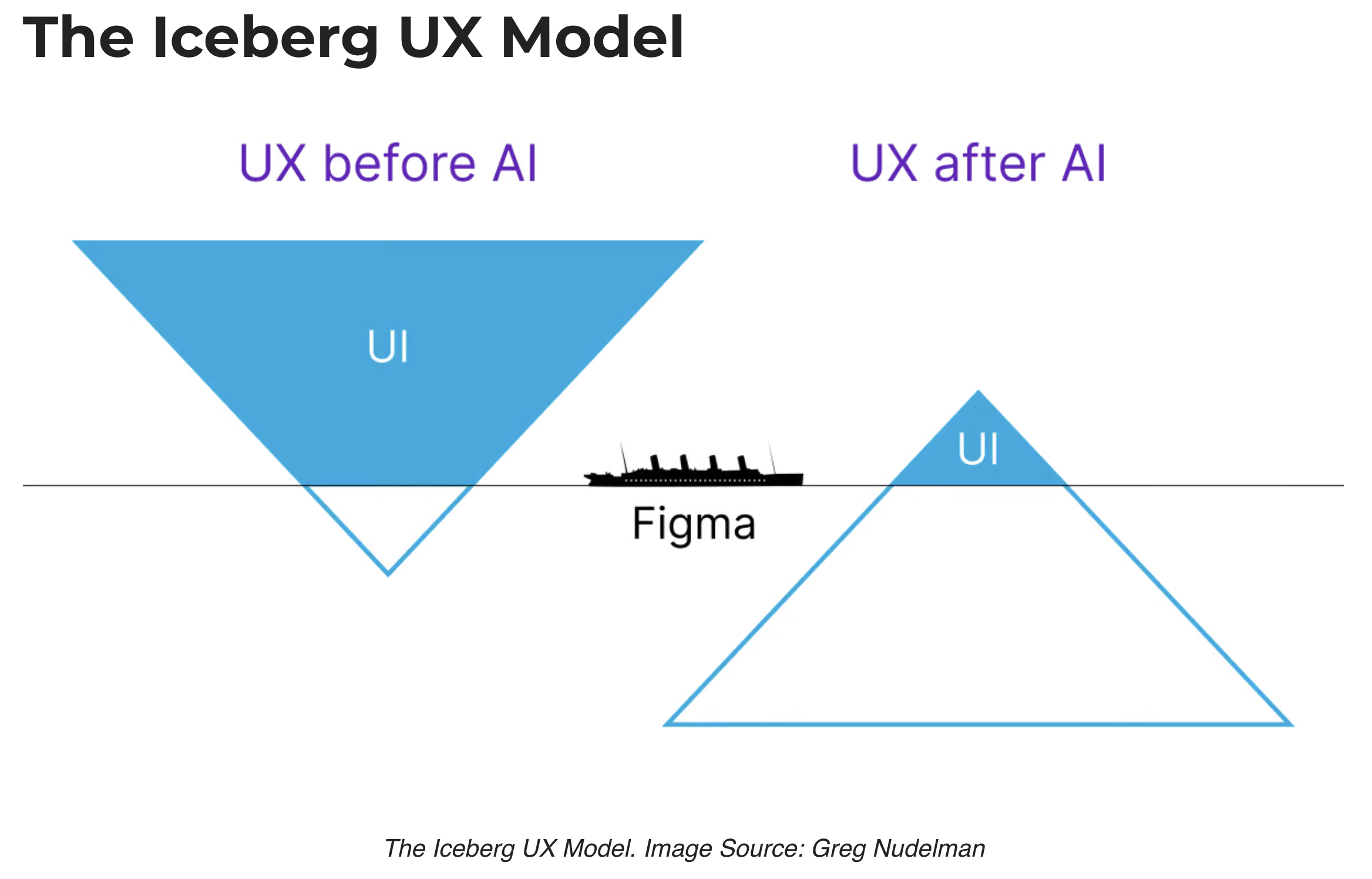HCI:
Analytic Evaluation
Mick McQuaid
2025-03-27
Week TEN
Today
Q and A from last time
All the questions were about Figma!

Discussion
Design Critique
Julia
Article Presentation
Let’s look at Morris2025.pdf
Analytic Evaluation
Let’s look at HCI experiments
Readings
Readings last week include Hartson and Pyla (2019): Ch 22–24 Readings this week include Hartson and Pyla (2019): Ch 25–26
Assignments
Milestone 4
References
Hartson, Rex, and Pardha Pyla. 2019. The UX Book, 2nd Edition. Cambridge, MA: Morgan Kaufman.
END
Colophon
This slideshow was produced using quarto
Fonts are League Gothic and Lato
